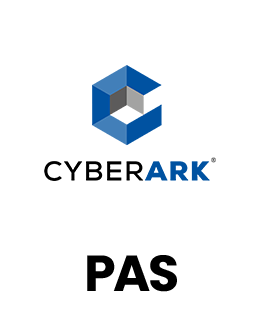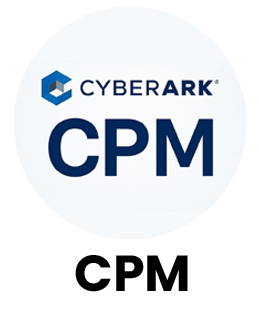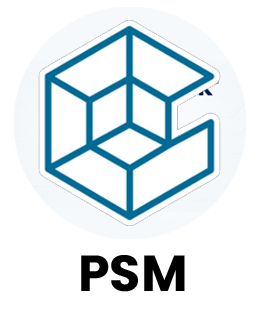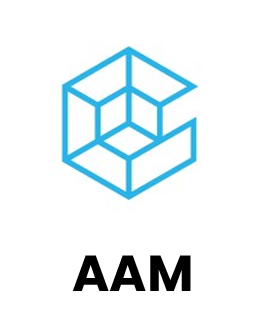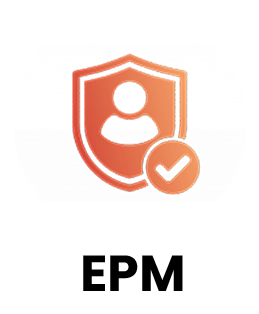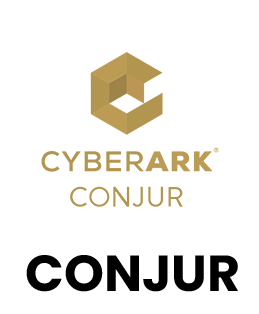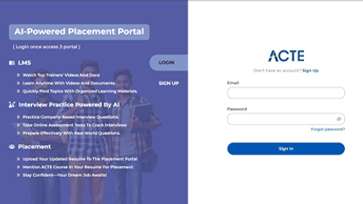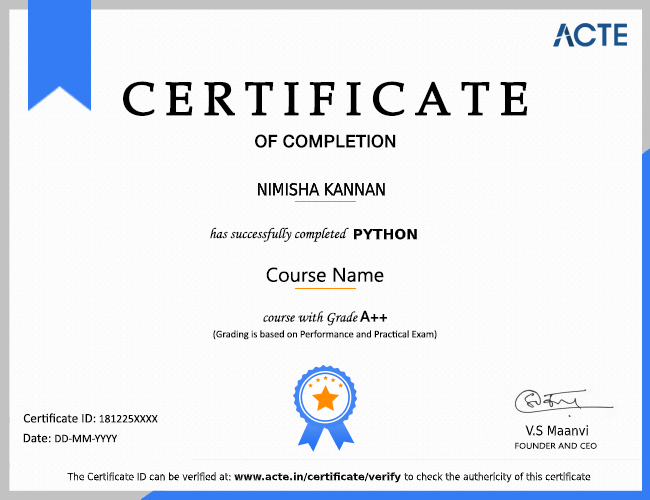1. How can Privileged Access Management (PAM) be defined?
Ans:
Privileged Access Management (PAM) refers to the process of controlling, securing and monitoring access to critical systems and privileged accounts within an organization. It helps minimize the risk of unauthorized entry, maintains accountability and supports compliance with security standards. PAM solutions achieve this through credential vaulting, continuous session monitoring and the enforcement of strict access control policies to ensure sensitive assets remain protected.
2. How do Password Vaulting and Session Monitoring differ in CyberArk?
Ans:
Password Vaulting and Session Monitoring are two distinct yet interconnected CyberArk features. In order to prevent misuse, password vaulting entails automatically rotating passwords and safely storing privileged credentials in an encrypted vault. In contrast privileged user sessions are tracked and recorded via session monitoring, which allows administrators to examine actions for compliance and identify irregularities. Monitoring guarantees accountability and transparency across privileged actions while vaulting protects credentials.
3. What is the main function of a CyberArk Vault?
Ans:
The CyberArk Vault serves as a safe, encrypted storage space intended to safeguard secrets, encryption keys and privileged credentials. It reduces the likelihood of illegal use by restricting access to sensitive accounts to only authenticated people and apps. The Vault offers a strong basis for controlling privileged identities and guaranteeing safe business operations thanks to integrated features like audit recording, password rotation automation and integration capabilities.
4. How are privileged accounts different from regular accounts in CyberArk?
Ans:
Privileged accounts possess elevated permissions that allow administrative tasks, system configuration changes and access to critical infrastructure. In contrast, regular accounts operate with limited permissions and standard access rights. Due to their high-level control, privileged accounts are closely managed, monitored and subjected to frequent password rotations within CyberArk to prevent misuse, insider threats and potential security breaches.
5. What are CPM (Central Policy Manager) and PVWA (Password Vault Web Access) in CyberArk?
Ans:
The Central Policy Manager (CPM) automates the management of privileged credentials by rotating passwords, enforcing security policies and ensuring compliance. Password Vault Web Access (PVWA), in contrast, serves as the web-based interface through which administrators and users can securely access, request and manage credentials. Working together, CPM and PVWA streamline privileged access operations, reduce manual tasks and improves overall security efficiency.
6. What is the purpose of a trigger in CyberArk?
Ans:
In CyberArk, a trigger is a system that, in response to particular events, like password changes, access requests or session initiations, automatically carries out predetermined actions. By running scripts, enforcing rules or delivering real-time warnings without requiring human participation, these triggers improve automation. This feature increases operational effectiveness and guarantees prompt and reliable security responses.
7. How does a Safe differ from a Vault in CyberArk?
Ans:
In CyberArk, the Vault represents the overall encrypted environment where all privileged credentials are securely stored. A Safe, on the other hand, functions as a logical container within the Vault that organizes credentials based on teams, applications or policy categories. This structure helps simplify access management by allowing specific users or groups to access only the credentials relevant to their roles while maintaining centralized security controls within the Vault.
8. What is the role of a policy in CyberArk?
Ans:
The guidelines and restrictions controlling the management and use of privileged credentials are outlined in a CyberArk policy. It details things like rotation schedules, access rights, session recording policies and password complexity criteria. Organizations can lower possible risks, maintain regulatory compliance across all privileged accounts and guarantee uniform enforcement of security requirements by putting rules into place.
9. What is CyberArk session recording used for?
Ans:
CyberArk session recording is a security feature that captures privileged user activities in real time. It creates detailed audit trails that allow administrators to replay sessions, identify suspicious behavior and investigate incidents effectively. This feature improves the organization's capacity to swiftly and effectively identify and address possible security breaches, supports compliance activities and offers insightful information during audits.
10. How does manual account management differ from automated account management in CyberArk?
Ans:
Manual account management involves administrators handling credential changes, access permissions and activity monitoring manually, which can be time-consuming and prone to errors. Automated account management, facilitated by CyberArk’s CPM and PVWA components, streamlines these processes by automatically rotating passwords, enforcing access policies and monitoring sessions in real time. This automation reduces human error, enhances security consistency and ensures compliance across all privileged accounts.

